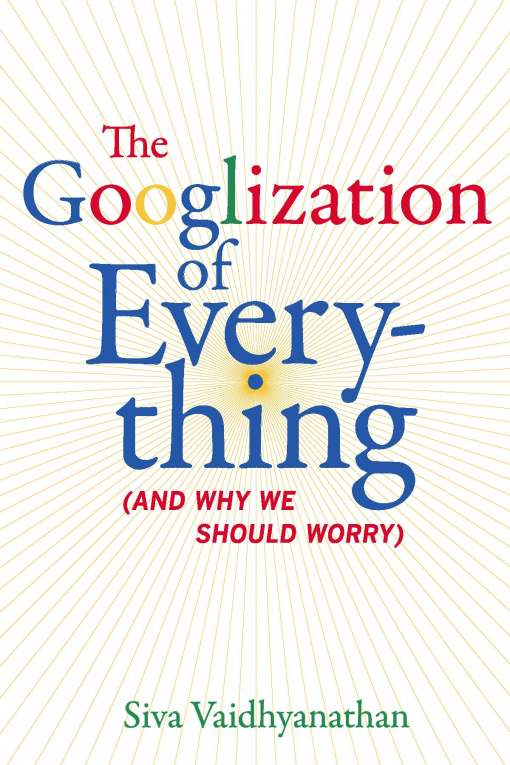Costas K is a graphic designer who used Cyborgology Editor Nathan Jurgenson‘s post on digital dualism as part of a design project. The physical book explores the intersection of atoms and bits. The creator was invited to write a short essay about the project.
As kids, we were told to stop ‘wasting’ our time with electronic devices and that we should be outside, engaging with the ‘real’ world. Early on, the idea was planted into us that what we do using a computer is an alternative false state that bears no value. To still believe this is naive. Personally, I have met some of my best friends online. I make transactions, articulate opinions, receive feedback and get commissioned professional projects. How is this not real?
Still, when approaching the topic the first expressions that came to mind were ‘physical world’ and ‘digital world’ – the cornerstones of digital dualism. Nathan Jurgenson’s text ‘Digital dualism versus augmented reality’ helped me put things into perspective, before exploring them visually.
It is my belief that online activity is a continuation of what we do physically, more...









